
After seeing the work of Abelardo Morell and meeting many photographers in the Boston area who either use, built or experiment with camera obscuras I was interested in learning more about this ancient device.
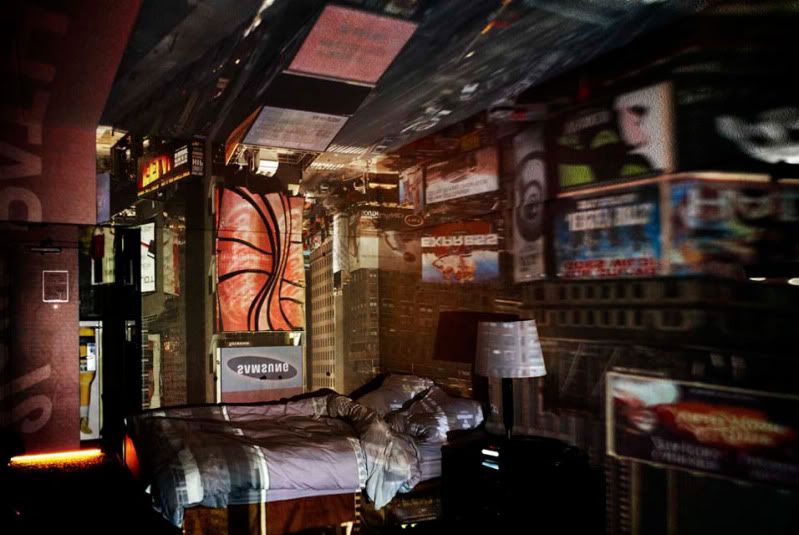
To you tweens – early 20 somethings, yes it is more than a schwoopy indie band.
To you late 20 somethings onward, yes Camera Obscura is also the name a schwoopy indie band.
Overview

The camera obscura is an optical device that projects an image of its surroundings on a screen. It is used in drawing and for entertainment, and was one of the inventions that led to photography. The device consists of a box or room with a hole in one side. Light from an external scene passes through the hole and strikes a surface inside where it is reproduced, upside-down, but with colour and perspective preserved. The image can be projected onto paper, and can then be traced to produce a highly accurate representation.
Technique
As a pinhole is made smaller, the image gets sharper, but the projected image becomes dimmer. With too small a pinhole the sharpness again becomes worse due to diffraction. Some practical camera obscuras use a lens rather than a pinhole because it allows a larger aperture, giving a usable brightness while maintaining focus.
History
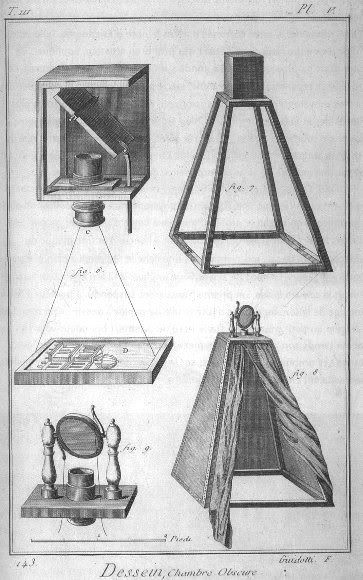
You can read the wikipedia article for an entire blow-by-blow, but essentially the idea of a “pinhole camera”, which was the precursor to the camera obscura, had been experimented with as early as 470BC in China!
There was documentation that Ibn al-Haytham a scientist from 1000AD had experimented with devices similar to a camera obscura, but stated Et nos non inventimus ita, meaning “we did not invent this”.
Aristotle later took an interest in the study of optics and the concept of a camera obscura noting “sunlight travelling through small openings between the leaves of a tree, the holes of a sieve, the openings wickerwork, and even interlaced fingers will create circular patches of light on the ground.”
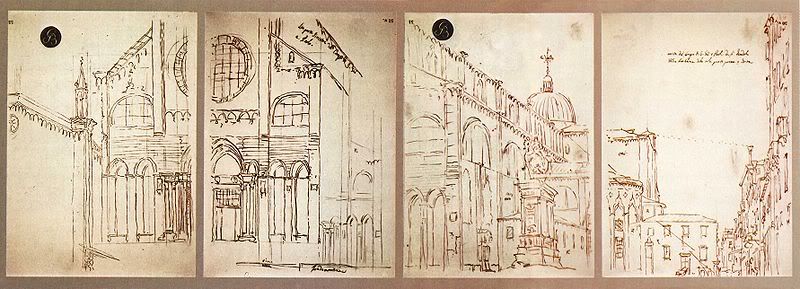
(4 drawings by Canaletto, representing Campo San Giovanni e Paolo in Venice, obtained with a Camera obscura.)
History happened..Columbus did some sailing..the dodo bird became extinct…

and then we catch up with the Camera Obscura again in the 17th century(which is where I would have guessed the device originated) when the camera was used by the Dutch Masters, most notably Johannes Vermeer in aiding with perspective in their compositions.
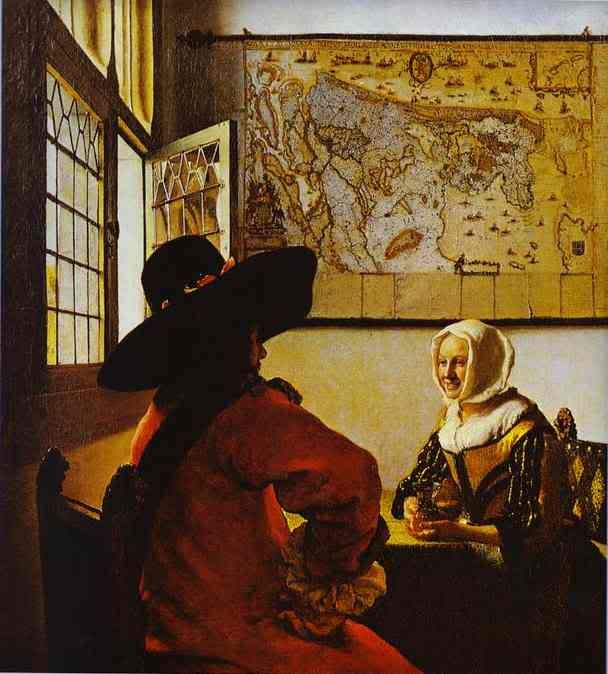
However, there is no explicit documentation that Vermeer even used camera obscuras in his work! In 1964, Charles Seymour wrote Dark Chamber in a Light Filled Room and tested the hypothesis that Vermeer might have been guided by the images he saw in a camera obscura. By observing similar objects (he carefully chose the props) in similar lighting conditions to the ones found in Vermeer’s painting through a real 19th century camera obscura. Seymour found that the resulting image exhibited qualities much like those seen in Vermeer paintings.
There is an interesting article exploring Vermeer’s work and his possible use of the camera obscura here.
Can I make one?
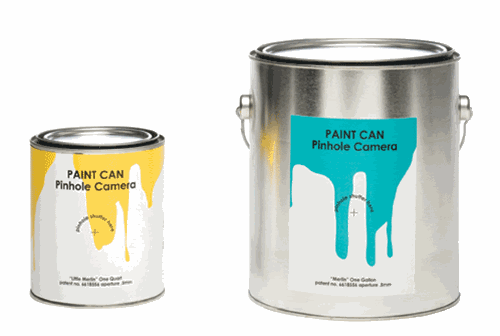
Yes! I found a great site that gives you a step by step on how to make one inexpensively using a paint can and some other objects you might find around your house.
Can I make you one?
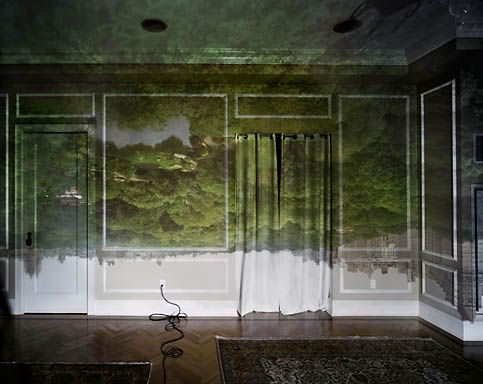
Also, yes. ;*
——————-
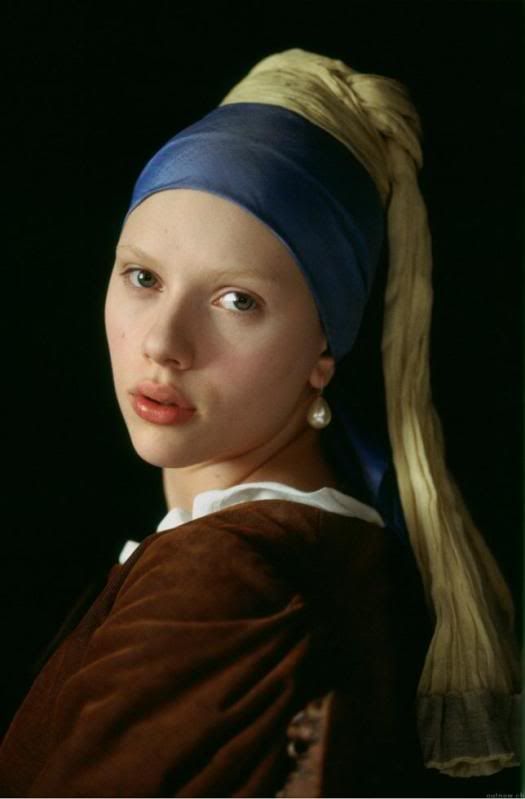
Be sure to check out this tender moment with Scarlett Johansson and Colin Firth from Girl with a Pearl Earring after the McRib commerical.
ba da ba ba ba.♥




